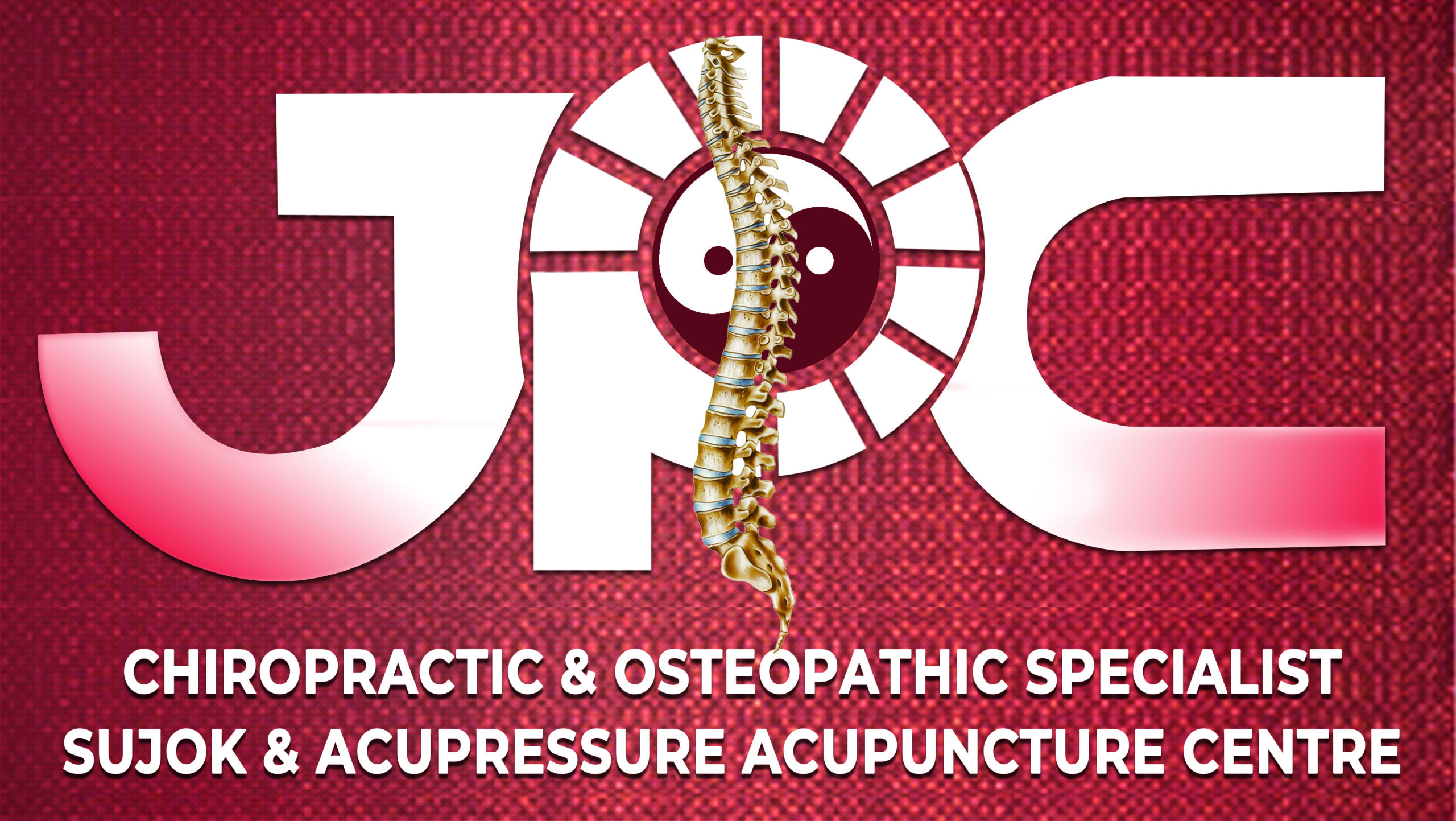Tennis elbow, also known as lateral epicondylitis, is a common condition that causes pain and inflammation in the tendons of the forearm. Despite its name, this condition can affect individuals who do not play tennis. In this article, we will explore what tennis elbow is, its potential causes, common symptoms, and available treatment options.





